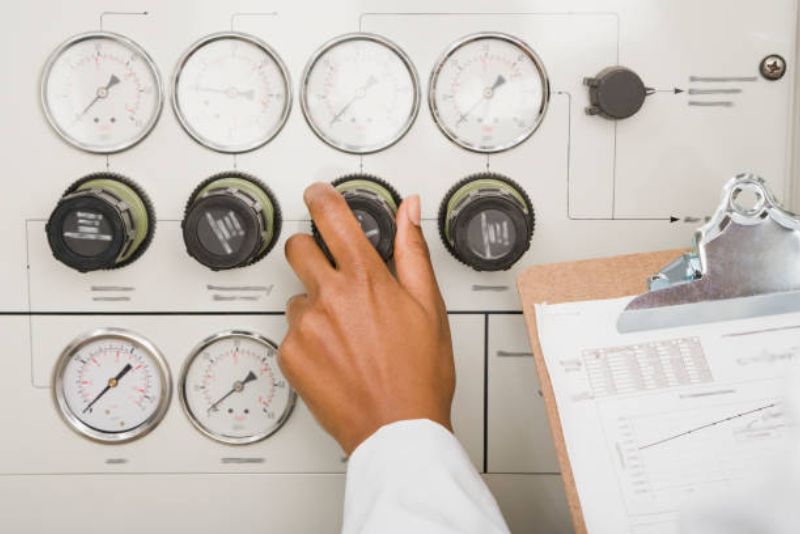
Effluent Monitoring
Effluent monitoring is the process of measuring and analyzing the composition and quantity of wastewater discharged from different sources, including industrial facilities, municipal wastewater treatment plants, and other organizations. It is an essential aspect of wastewater management as it allows organizations to track their wastewater discharge, identify potential issues or contamination, and ultimately reduce the environmental impact of the wastewater on the surrounding environment.
There are different types of effluent monitoring techniques, ranging from the manual grab sampling method to continuous online monitoring. The manual method involves collecting water samples at various points in the wastewater treatment or discharge process and then analyzing them to determine the composition and quality of the wastewater. The collected samples are transported to laboratories for analysis by specialized personnel.
How Do We Do It?
Anila Resources’ effluent monitoring programme makes use of online monitoring methods reinforced by recurrent grab sampling. The state-of-the-art continuous online monitoring system measures many parameters in real time, including conductivity, temperature, and pH. When pre-set values are surpassed, the system creates alerts and alarms based on the monitoring data. The plant operators can take immediate corrective action to avoid contaminating nearby water sources.
The effluent monitoring program at Anila Resources is part of the company’s commitment to sustainable environmental practices. The program aims to reduce environmental impacts by ensuring that wastewater discharged from the mining and other activities meets environmental standards, thereby protecting the surrounding ecosystems and supporting the health and well-being of local communities.
Why Choose Us?
Anila Resources recognizes the importance of effluent monitoring in ensuring responsible mining practices. By implementing a comprehensive monitoring program, the company can prevent the contamination of surrounding water sources and promote good environmental stewardship.
The company also maintains detailed records of all effluent monitoring activities and provides this data to stakeholders, including customers, regulatory agencies, and the public through its sustainability reports and other communication channels.


